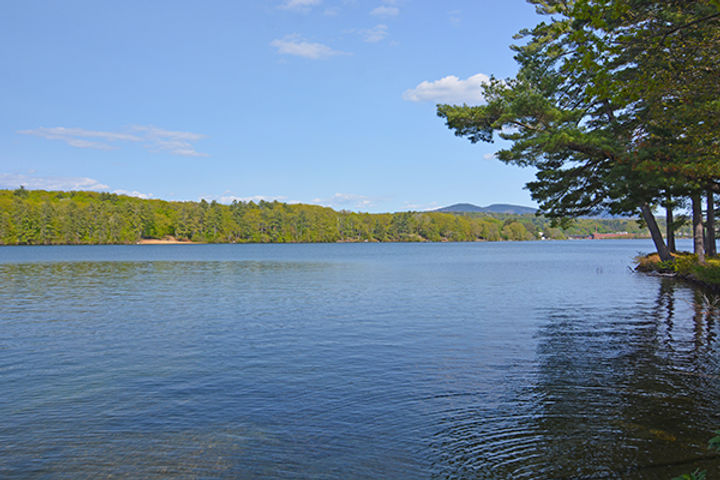Psi-Anno-What?
- opecheeassoc
- Jun 25, 2024
- 3 min read
(Stolen with attribution from a news post by NH Lakes)

WHAT ARE CYANOBACTERIA?

Cyanobacteria are some of the earliest inhabitants of our waters. They naturally occur in our lakes, usually in relatively small amounts. However, when nutrient pollution increases in our lakes, the amount of cyanobacteria increases in our lakes. New Hampshire’s lakes have seen a record number of toxic cyanobacteria blooms for the past four summers. These blooms can produce toxins that make people, pets, and wildlife sick.
WHAT DOES A BLOOM LOOK LIKE?
When present in low numbers, cyanobacteria can’t be seen with the naked eye and typically do not cause problems. But when the perfect storm of “bad conditions” comes together—such as heavy rains followed by a few days of sunny, warm weather—cyanobacteria blooms may occur in our lakes.

When blooms are discovered, they are usually found in cove areas or along the windward shoreline of a waterbody. The water’s surface may look like pea soup, antifreeze, or someone dumping greenish-blue paint into the water. Some blooms can look cloudy white or like little yellow fuzzy balls. Alarmingly, we’re seeing and learning about more and more types of cyanobacteria each year.
Blooms MUST be tested to determine whether they contain toxins. It isn’t possible to tell if a bloom is toxic just by its appearance.
WHAT SHOULD YOU DO IF YOU SUSPECT A BLOOM?
"When in Doubt, Stay Out!"

If you suspect a bloom, follow the advice from our partners at the New Hampshire Department of Environmental Services (NHDES) and stay out of the water.
Don’t wade or swim or drink the water.
Keep kids, pets, and livestock out of the water.
Anyone (including pets) who comes in contact with a bloom or scum should rinse off with fresh water as soon as possible.
Report It
Act fast! Bloom conditions can change quickly.
Take several pictures of the suspected bloom.
Use the NHDES Cyano Reporting Form here.
STAY INFORMED
Sign up to get waterbody-specific cyanobacteria updates

NHDES posts public health advisories when fecal bacteria or cyanobacteria counts at public beaches exceed the state standards. Sign up to get notifications here.
Check the Healthy Swimming Mapper before going out
NHDES issues current fecal bacteria advisories and cyanobacteria warnings and alerts on this map, which is posted and updated daily. View it here.
CYANOBACTERIA INFORMATION SHEET
Know what to look for and how to report it

We worked with NHDES to create a cyanobacteria identification sheet that includes information on what to do if you see something that might be a bloom, how to report it, and how to stay informed about advisories.
Download a printable copy here
Order published copies here
HELP PREVENT CYANOBACTERIA BLOOMS
Participate in the LakeSmart Program
Learn how to reduce the amount of nutrients you contribute that fuel the growth of cyanobacteria blooms. LakeSmart is a free, non-regulatory, and voluntary education and award program for property owners to maintain their homes and property in ways that protect lake water quality, wildlife habitat, and property values. Get started today!
Get the LakeSmart Book

This is a comprehensive resource for all interested in living a lake-friendly lifestyle here in the Granite State. You can be a hero for your lake! What happens on your property affects the lake—whether you live along it or miles from it. LakeSmart properties create clean, clear, and healthy water, recreational opportunities, higher property values, and better habitats for wildlife.





Comments